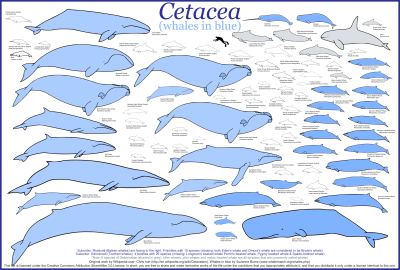Your are not logged in |
||||||||||
| HOME | ABOUT | NEWSROOM | SEARCH | UPLOAD | MATCH | CONTACT | JOIN | LOGIN | ||
|
|
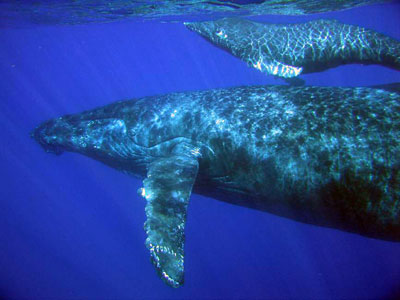
|
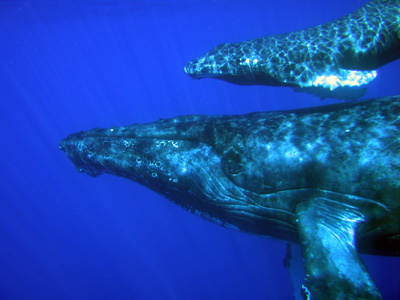
|
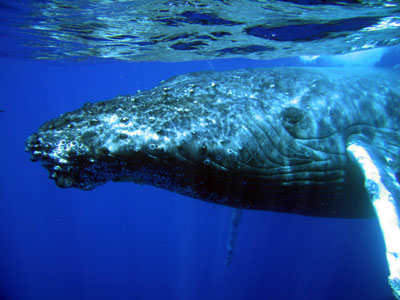
|
|
Our oceans are home to 41 species of whale (ITIS), with sizes ranging from the Dwarf sperm whale at 2.5m (8') to the 33m (110') Blue whale, which is the largest animal species to have existed on earth. Being mammals, they are warm-blooded and breathe air, have live births, nurse their young and have hair. The suborder of Mysticeti are baleen whales, females are usually larger than males, and you can see in the size comparison chart that these are the larger Cetaceans. Instead of teeth, they use baleen (long flat keratin plates attached to their upper jaw) to filter food, like plankton and krill. Baleen whales have two blow holes, so you can see a V-shaped blow when they surface. The Odontoceti suborder are toothed whales that hunt and feed on fish, squid and other marine mammals. Killer whales, pilot whales and melon headed whales are actually large dolphins in the Delphinidae family. The other suborder, to which ancient whales belong, is Archaeoceti. These are the terrestrial ancestors of present day whales. Through genetic research, scientists find hippopotumuses to be Cetaceans' closest living relatives. Identification...Difference in colors and patterns, body shape and size can help distingiush between types of whales. Dorsal fin and flipper size, shape, color, and location on the whale's body are important as well. The fluke also narrows the process,
Some families have traits, like the grooves under rorquals (Balaenopteridae), that run from mouth to naval. Beaked whales have a bottlenose or snout like a dolphin and lack the notch you would normally see in a fluke. Light does not travel deep into water, so marine animals need to rely on other senses. See this fascinating video on how whales hear. You won't find ears on a whale, since they only have an inner ear bone that listens through fatty deposits along their jaw. Conservation...Due to careless or intentional factors, such as whaling, noise polution, bycatch, and ship strikes, whale populations have significantly been reduced, along with other marine mammals, some to extinction. The Marine Mammal Protection Act of 1972 [pdf] protects all marine mammals from being 'taken' (with exceptions), and from import, export or sale of marine mammal parts and products in the United States.The International Whaling Commission is governed by the International Convention for the Regulation of Whaling (ICRW) which is an international agreement to regulate whaling. Organizations like the American Cetacean Society work to protect whales and other animals, and their environment, by active conservation efforts and public education. |
Whale songs...Whales and dolphins use echolocation to find food and listen for signs of danger in their vast habitat.Communicating with combinations of songs, whistles and clicking, allows them to navigate their environment and stay in contact with family members. Visit our media room to see more videos of whales and other marine life. |
Humpback whale "song" |
Search the Image Database...
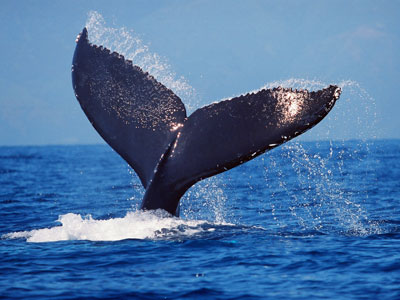 View whale image gallery |
Our image database has a growing collection of images from around the world contributed by folks like you. We currently have records of several different species of whale. This humpback mother & calf gallery is a simple query of our database. You can easily search our image database for marine plants and animals that interest you. Our main purpose is to track marine life via digital imagery. We are also dedicated to education and sharing information related to coastal and ocean habitats and inhabitants. You could also create an account to upload your own images. |
Resource Links...
| Here are a few of the resources used in creating this Web page on whales. Please click on the logos to learn more about them. |
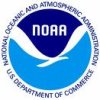
|

|

|

|

